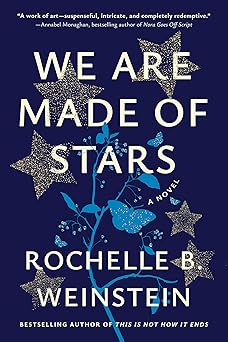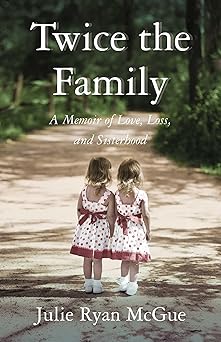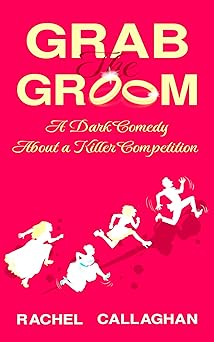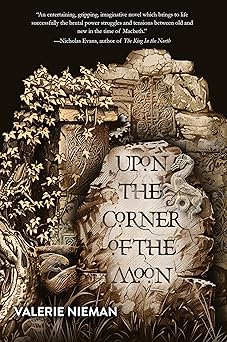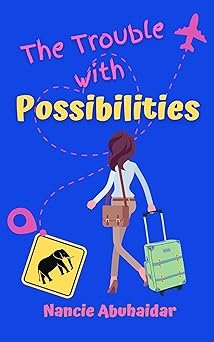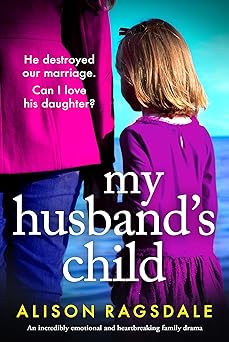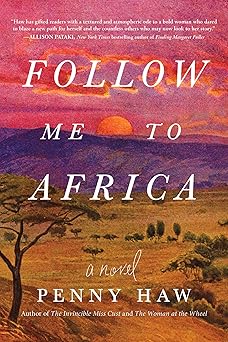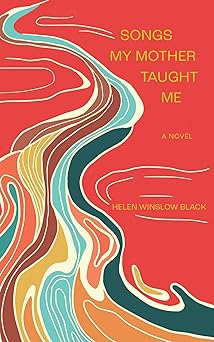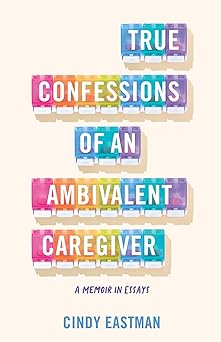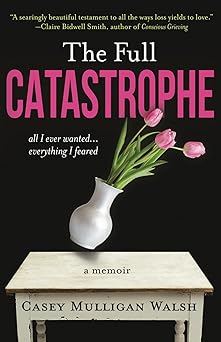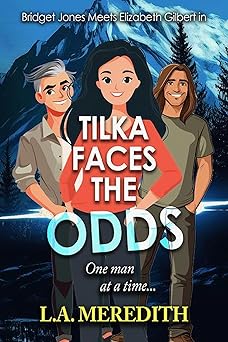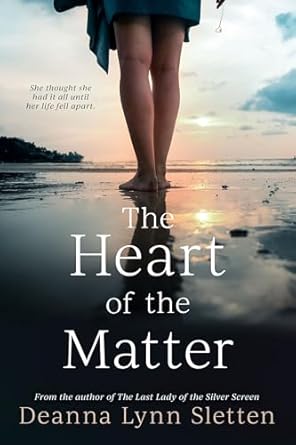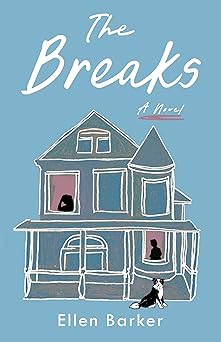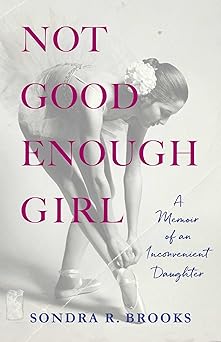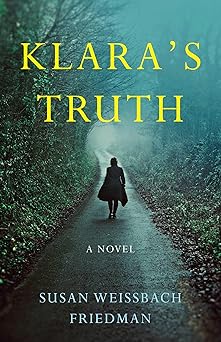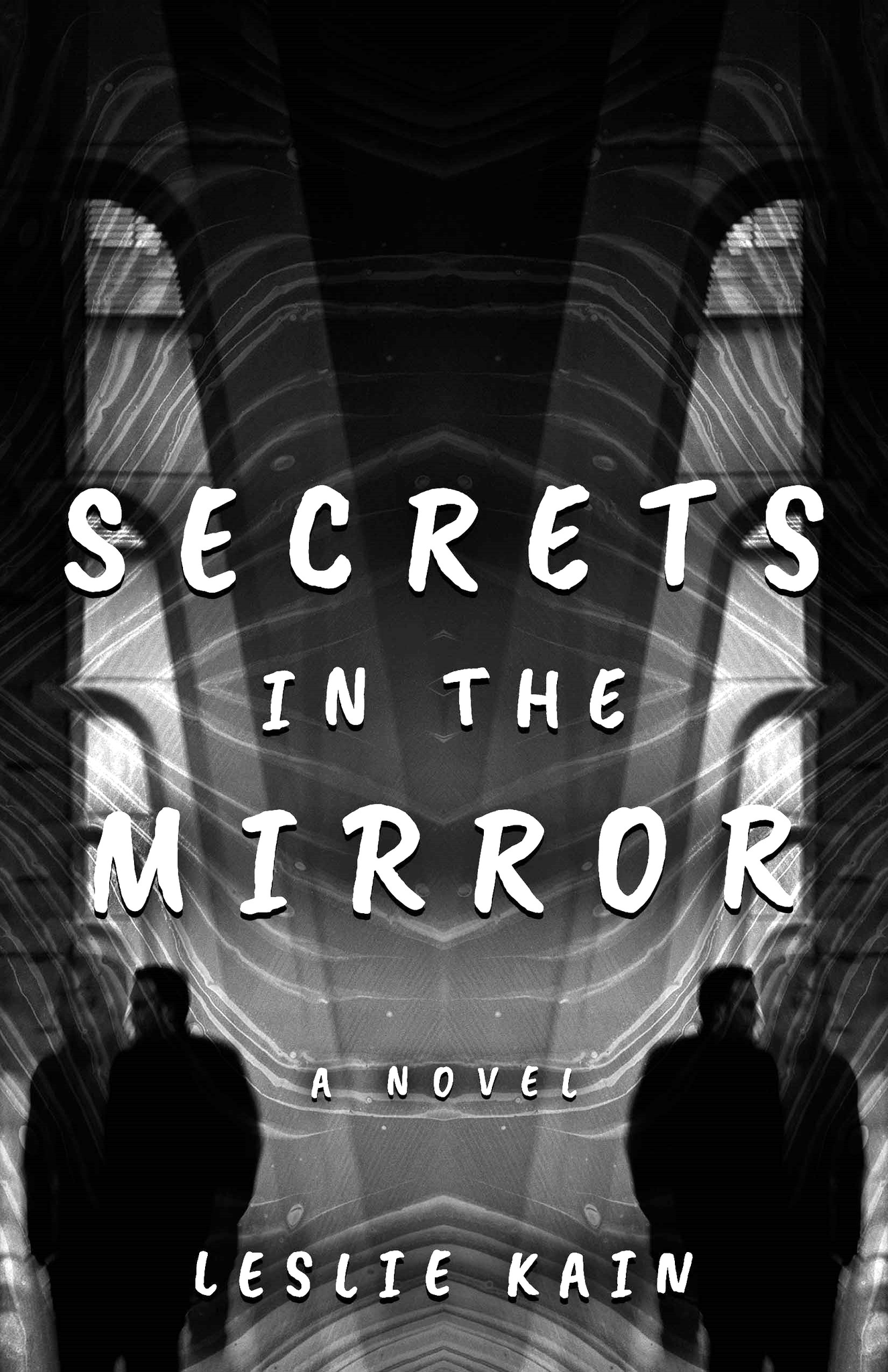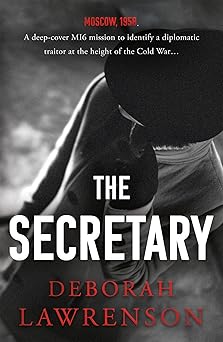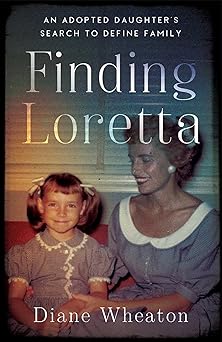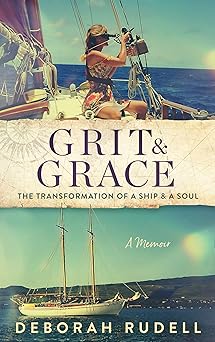What a Novel can Teach us
By Jayna Sheats
 In the course of the ~200,000 revisions to my debut novel (the total number of “track changes” entries) I took an online course led by a famous literary agent who need not be named. At one point I was asked for a brief description of the essential crisis or conflict of the protagonist, which I said was how to successfully pass as a woman despite being six feet two inches tall, while living in a time and place (1950s rural Colorado) where not passing gave many observers a dilemma: do I just off the dude directly or have a little fun first? The agent’s response: “Hey, in the 1970s Renée Richards did it!”
In the course of the ~200,000 revisions to my debut novel (the total number of “track changes” entries) I took an online course led by a famous literary agent who need not be named. At one point I was asked for a brief description of the essential crisis or conflict of the protagonist, which I said was how to successfully pass as a woman despite being six feet two inches tall, while living in a time and place (1950s rural Colorado) where not passing gave many observers a dilemma: do I just off the dude directly or have a little fun first? The agent’s response: “Hey, in the 1970s Renée Richards did it!”
A novel can teach us why that is breathtakingly ignorant, but it can do much more.
Some of us thought we had left those dark times behind, that nationwide legal protection was just around the corner, and that the body- and mind-scarring experience of a false puberty would no longer be imposed on trans children. Such touching naïveté. Though we have transgender state legislators, superior court judges, and many other successes, revealing that identity to the world in some places once again risks not only social ostracism but the end of one’s life.
But this has been written about in countless memoirs and expository books, one may object: how can a novel help? After all, it’s all invented. Don’t we need facts, scientific data, at least a stockpile of personal stories?
We do need all of those, but we need something else: emotion. And while one can write passionately about what an openly transgender person feels as they battle daily the dehumanizing denigration of a hostile society, I think only the immediacy of a narrator, who can speak with sensitivity, honesty, and at the same time detachment, can achieve the raw, uninhibited presence that puts the reader directly in the experience. Consider one small sample.
AS ERIK SPOKE of the depths of her trauma, Hanna watched the furtive glances toward her with detached bemusement. She’d seen them earlier at the reception. An off-the-shoulder dress nearly always got that reaction.
A part of her still dreamed of smooth, unblemished skin and a fashion-model figure. But years of professional acceptance, fond compliments from her husband, and children who cared far more about the freshness of the bread their mother baked than how she looked, had quieted that voice to a background whisper.
Twenty-three years ago, standing in front of a hospital mirror, she’d begun an argument. This isn’t the real me, she’d said, looking at her scars and ungainly figure. But this is the real me. A woman with a beauty of her own, and nothing to be ashamed of. And the world should know that.
(That is a bit of a spoiler, but only a bit. I doubt that anyone can read the jacket blurb without concluding that Hanna will have scars, and not very pretty ones.) Perhaps a person who had experienced Hanna’s life could write those words. But would she (assuming she lived)? This is rarely if ever the style of a memoir: detached observation mixed with that innermost voice that we usually keep silent.
The metaphorical mixing of physical scars and psychological ones is just one of many in the two stories that run in parallel. We often use the phrase “the language of…” without considering how fundamentally language defines culture and experience, including the very essence of womanhood. I hope I’ve shed light on why Justice Ketanji Brown Jackson gave the right answer (none) to Senator Marsha Blackburn’s sneering “what is a woman” question during her Supreme Court confirmation hearing. Most importantly, this understanding will come not from a precise but impersonal scientific paper, but from following a thousand steps of a woman’s journey of self-discovery as she peels away the layers of obfuscation imposed by prejudice.
Gender identity is not the same as national identity (for example, one is born with both, but can only change the latter), and coming out as trans isn’t the same as immigration or adoption, but the intertwining of these themes should stimulate the reader to insights that no other modality can easily convey. You won’t have just heard about it; you’ll have been there.
The violence is briefly graphic but not gratuitous. It is real: at least thirty-two transgender women were murdered because of their identity in 2023 alone. One would not suspect this from the coming-of-age and adult soap-opera relationship fiction that dominate modern releases. On the other hand, some books portray us as – at best – one step away from turning tricks. Ironically, that was Hanna’s only choice had she not passed successfully, that famous literary agent notwithstanding. The unparalleled pioneer Lynn Conway (who made your multitasking computer possible) said exactly this of her situation in the late 1960s. And so my novel presents heights, depths and finally triumph. It is a story I know. And I know those depths will return if our society doesn’t reverse some current legal trends. That is another timely lesson the novel can teach us.
Despite the dark times, Hanna’s Ascent is not downbeat. “Lyrical and lovely” were the words of one reviewer, and this quality is critical for making the story – and its impact – memorable. When Hanna’s mother imagined her “…picking her way gingerly across an avalanche-swept slope near Trail Ridge Road strewn with broken boulders and twisted, stunted trees that were the only survivors at timberline, passing brilliant blue and white columbines half-concealed behind the rocks,” she captured the essence. I hope others do too.
—
Hanna’s Ascent
 Seven-year-old Hanna Shelby has one big problem: everyone thinks she’s Johnny Shelby. She’s not only miserable, in 1950s rural Colorado, a boy could get killed acting even a little girlish. So, she buries her doll and tries to fit in. On her twenty-first birthday while working at the embassy in Bonn, Germany, she finds herself teetering on a bridge over the Rhine River. She realizes the risk of not being Hanna is greater than being, and returns to college in the United States presenting as a woman.
Seven-year-old Hanna Shelby has one big problem: everyone thinks she’s Johnny Shelby. She’s not only miserable, in 1950s rural Colorado, a boy could get killed acting even a little girlish. So, she buries her doll and tries to fit in. On her twenty-first birthday while working at the embassy in Bonn, Germany, she finds herself teetering on a bridge over the Rhine River. She realizes the risk of not being Hanna is greater than being, and returns to college in the United States presenting as a woman.
She’s disowned by her family and is fortunate to find a home with a German couple. Just as she’s feeling fully at ease in her feminine life, a man sexually assaults and flogs her almost to death. She awakens from a coma acting like a child, with nearly complete amnesia, and speaking only German.
Hanna and her adoptive family move back to Germany to build a new life. But she must confront her unresolved trauma in order to find her hidden dreams.
Although a work of fiction, Jayna Sheats thinks of Hanna’s Ascent as the autobiography that could have been if she had taken a different road, and much of it comes from her own life. Hanna’s Ascent takes the reader on a singular journey of persistence, survival, and a reminder that good can happen in surprising and unexpected ways.
BUY HERE
—
Jayna Sheats grew up on a Colorado ranch without electricity, neighbors, or schools, but obtained a ham radio license when she was seven. After language and psychology studies in Colorado and Germany and a PhD in chemistry from Stanford University, she became a researcher and entrepreneur, publishing 60 scientific articles and book chapters, and started three companies. As creator of Hewlett-Packard’s e-Inclusion program she worked with Dr. Muhammad Yunus in Bangladesh on telecenters for the poor. Today she lives with her children in northern California, hikes frequently in the redwoods, and writes novels involving social justice and triumph over trauma.
https://www.facebook.com/
https://www.instagram.com/
Category: On Writing




